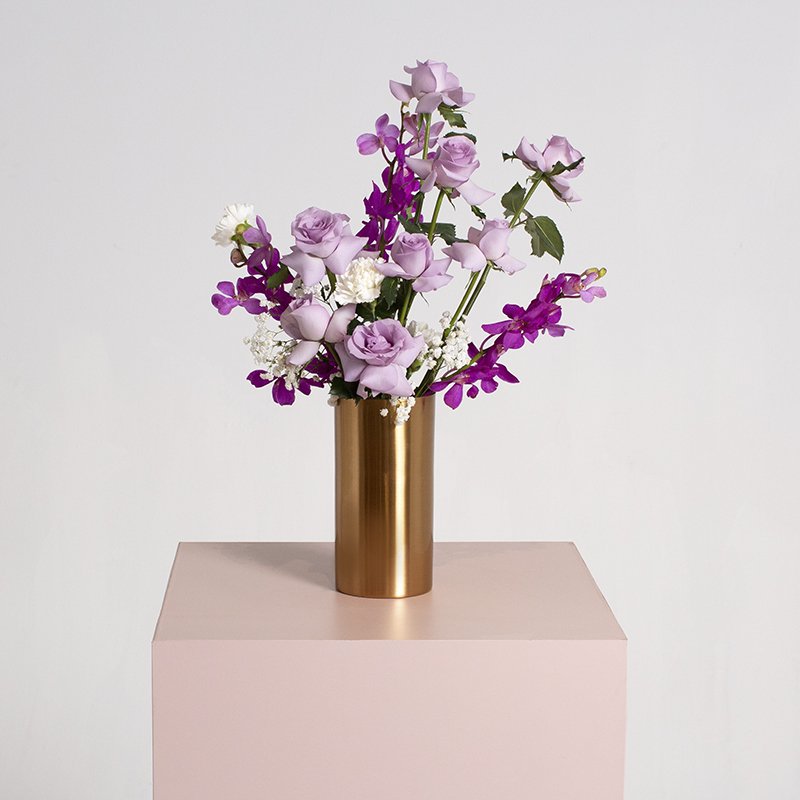Technical Flower Theory Guide for Florists: Arranging Roses
Roses are one of the most popular flowers used in arrangements due to their versatility and beauty. This guide will provide florists with insights into the technical aspects of using roses effectively in flower arrangements.
Understanding Rose Varieties
Roses come in a variety of species, colours, and shapes. Knowing the differences can enhance your arrangements.
Common Varieties
Hybrid Tea Roses: Ideal for formal arrangements due to their long stems and classic flower shape.
Floribunda Roses: Known for their clusters of blooms, these are suitable for more casual arrangements.
Grandiflora Roses: A cross between hybrid tea and floribunda, they provide large blooms on long stems, ideal for showy displays.
Climbing Roses: Useful for unique vertical elements in arrangements and often used in outdoor settings.
Colour Significance
Red: Love and passion.
White: Purity and innocence.
Pink: Admiration and gratitude.
Yellow: Friendship and joy. Understanding these meanings can add depth to your arrangements, allowing you to convey specific messages.
Preparation and Care
Hydration
Proper hydration is essential for the longevity of roses in arrangements. Follow these steps:
Cut Stems: Use sharp, clean shears to cut stems at a 45-degree angle under running water. This maximises water intake.
Remove Lower Leaves: Strip any leaves that would be submerged in the water to prevent bacterial growth.
Conditioning: Place cut stems in a vase of clean water mixed with flower food for several hours before arranging to allow them to drink adequately.
Storing Roses
Temperature: Store roses at a cool temperature, ideally between 2-5°C, to prolong shelf life.
Humidity: Moderate humidity levels should be maintained to prevent wilting.
Designing Arrangements
Basic Principles
Balance: Distribute roses evenly throughout the arrangement for visual stability.
Harmony: Select complementary foliage and fillers that enhance the natural beauty of the roses. Consider using colours that match or contrast pleasingly.
Proportion: Ensure that roses are proportionate to the size of the arrangement. For compact displays, select smaller rose varieties.
Techniques
Spiral Technique: A popular method for bouquets that involves placing each rose at an angle in a circular fashion to create depth.
Line and Mass: Combine line flowers (like delphinium) with mass flowers (like roses) to create a dynamic arrangement that guides the viewer's eye.
Nestling: Use smaller roses in the centre with larger blooms surrounding them for a layered effect.
Maintenance Post-Assembly
Watering: Ensure the arrangement is kept in fresh water. Replenish daily while also replacing any wilted flowers.
Temperature Control: Display arrangements in cooler, shaded areas to prolong freshness.
HK Florist Tips
Mastering the technical aspects of using roses in flower arrangements can significantly enhance your floral artistry. By understanding varieties, proper care, and effective design techniques, florists can create stunning floral displays that resonate with clients and enrich any occasion.

